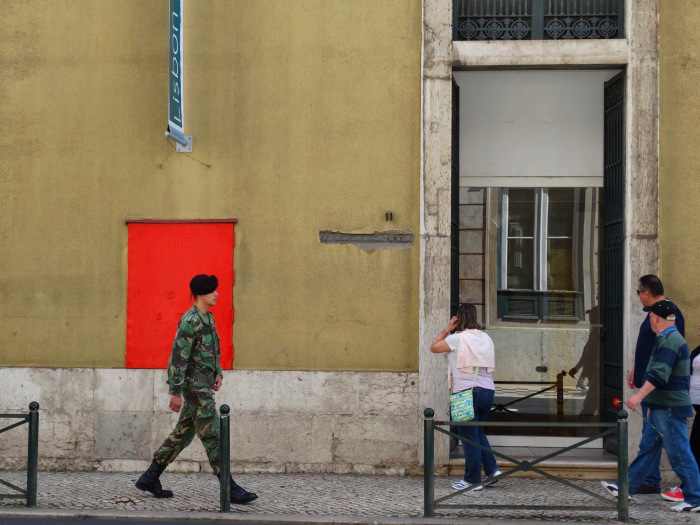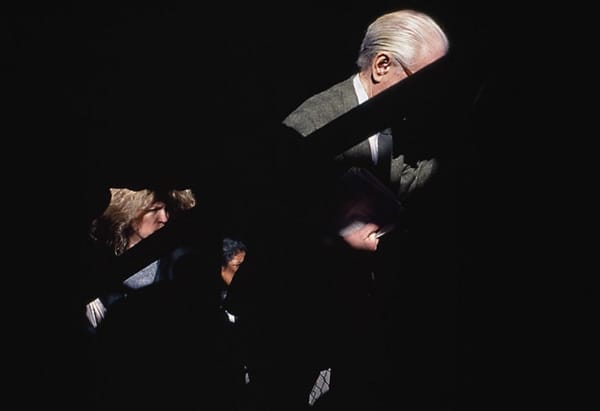We know that when you’re in love you want to scream it from the top of your lungs and let the whole world know about it. Because it’s not really socially acceptable to do it, we suggest you try some couples photography, so you and your significant other can capture your love and share it with your friends and family or simply keep it for yourselves. Today we’re going to present you with 5 great ideas for couples photography, so read on and take notes.
Get a Theme!
One of the best tips for creating the perfect couples photography shoot, is to get a theme and try to stick to it. Also, keep it simple and try not to bring too many props into the scene. Let’s say, for example that your theme is military: try not to bring too many guns into your shoot, because guns in loving and intimate scenes are extremely bad. Choose a white background, wear some khakis, look cute and start kissing! That’s pretty much all you need. If you overdo it, your picture will look terrible, take it from us, we know about these things.
In the Buff, In the Boudoir!
If you know that the pictures won’t be leaked online or that you’re not planning to send them to both your families as Christmas cards, you could try to be a little bit more romantic and sensual and try some nude photography. Naturally, you will need to keep it classy and professional, so we suggest you don’t really show anything, but instead hint at nudity. Don’t make it too sexual, because it’s really hard to pull such a thing off and very easy to make it look cheesy and trashy. Our tip for a beautiful and sexy nude couple photography is to get yourself a good professional photographer. It may cost you a bit more, but it’s definitely worth it. All you need to do is come up with some erotic ideas and let them do all the work!
Family Comes First!
If you and your significant other are already married and/or have children or are pregnant, that makes for some great couples photography! Nothing says love better than a family photo. Cute family photography poses include your kids on your shoulders, cats and dogs around you and even some pregnant belly kissing.
Break the Boundaries!
If you’re a quirky couple that doesn’t stand for traditionalism, then you should really include that into your couple photography. What is normal anyway? Nothing more than a setting on a dryer, so get your freak on and shine! So, you’ve got a thing for snakes and tattooed men?! Girl, you’re not the only one, so grab your man and show him some love in front of the camera.
Love the Camera!

So many people get uncomfortable in front of a camera. If you know that you have troubles when a camera comes out, try to relax before a shoot and study your face and expressions in the mirror. It’s the best way to get to know your facial expressions and to know how to act in front of a camera. Some people are born to be natural when they’re having their photograph taken, while others have trouble with it. You should know that posing can be learned and that choosing a good photographer will help immensely with your fear of the camera. Talk to them beforehand and tell them about your fears and worries, a good photographer will always try calm its subjects.
Have you ever tried couple photography? How about erotic couples photography? Care to share your experience with us? Drop us a line in the comment section below, we love hearing from our readers!
























